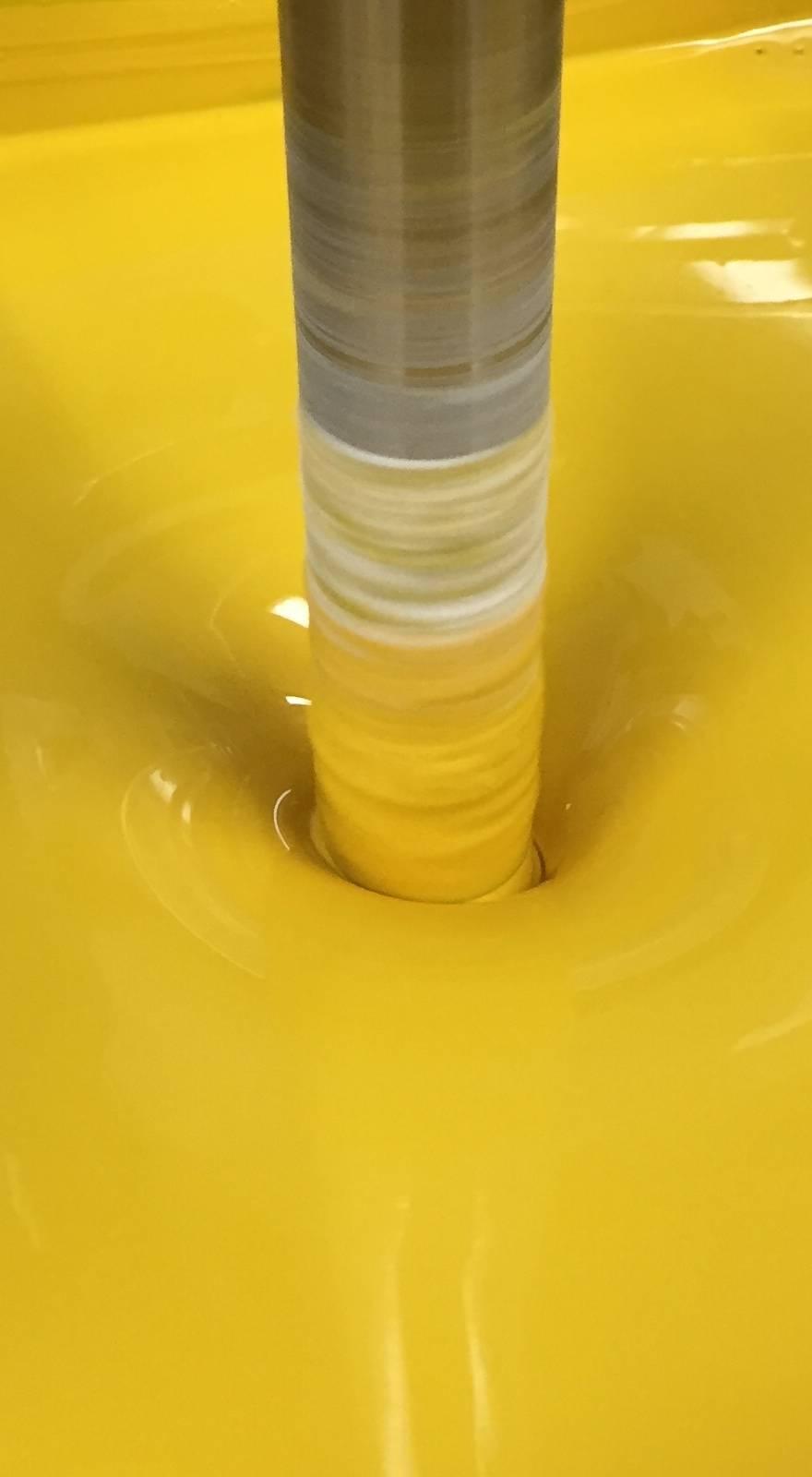Knowde Enhanced TDS
Identification & Functionality
- Chemical Family
- CASE Ingredients Functions
- Technologies
- Product Families
Features & Benefits
- CASE Ingredients Features
- Advantages
- Eliminate Adhesive Failures
- Tunable Wetting Properties for Adhesives and Coatings
- Monolayer to Multilayer thicknesses 1-2 nm up to multi-nanometers (nm) thicknesses
- Uniform Thicknesses at the Nanoscale
- Optically Clear (100% transmission for Visible Light)
- Easy to Apply: Dip, Wipe, Print, Roll-Coat or Spray
- Minimal Capital Equipment Requirements
- Apply in Minutes - Room Temperature cure in
- Features
- Improved adhesion strength of paints/coatings on metal surfaces
- Excellent chemical bonding to many metal surfaces
- Does not change the appearance of the surface
- Does not leach
- Easy to apply through standard wet coating methods such as dipping or spraying.
Applications & Uses
- Applications
- Application of Aculon's Hydroxyl Functional Adhesion Promoter
- Step 1: Clean: Parts Must be sufficiently clean prior to treatment for proper bonding and effective application.
Step 2: Primer
-
Option – Dip: Apply Aculon Adhesion Promotion Surface Treatment via dip bath for 30 seconds to fully treat parts with a uniform treatment ensuring even coverage over entire part. Aculon Primers comes in convenient 1L or 4L quantities for dipping applications.
-
Option - Wipe: Apply Aculon Adhesion Promotion Surface Treatment via a simple wiping process. Using a clean cloth, wipe the treatment across the surface in a buffing motion.
-
Option - Spray: Spray the solution onto the substrate using double passes. Post-application curing is recommended for best performance.
Spray Equipment Suggestions:
- HVLP (Binks Mach 1), HVLP (Devilbiss JGHV), Air Atomization (Devilbiss MBC gun) and Airless (Graco Model 225-292 President Pump Series A).
Step 3: Apply your coating on top of the primer
-
- Application Ideas
- Use to improve lead-frame adhesion in many electronics applications
- Improved bonding of an epoxy over-mold compound
- Prevent delamination of finished products
- Increase polyurethane to metal adhesion
- Application Protocol
Surface Preparation/ Cleaning:
Ensure that the surface is free of any grease, fingerprints, adhesive residues or dirt (i.e., water break free). This can be accomplished by first degreasing the surface with solvents or by rinsing with soap and water.
Then remove monolayer-scale contaminants. This is typically performed by using a cleaner specifically designed for the metal you are working with. Contact Aculon if you are unsure what cleaner to use and we will recommend one best suited for your application. The substrate should be water break-free before continuing to coating steps.
- Treatment Application
Adding the powder: Test in your product by adding from 0.1% up to 5% by weight of this powder.
Test the powder in solvents of your choice and add at the levels stated above, then apply as follows:
Spray: Spray the solution onto the substrate using double passes. Post-application curing is recommended for best performance. Spray Equipment Suggestions; HVLP (Binks Mach 1), HVLP (Devilbiss JGHV), Air Atomizatation (Devilbiss MBC gun) and Airless (Graco Model 225-292 President Pump Series A).
Dip: Immerse the substrate in the solution for five minutes. If a shorter dip time is necessary, then a post-cure is recommended for optimal performance (sonication while dipping can boost performance in some cases).
Dip Coating with Sonication: Ensure the substrate is clean. Completely submerge the substrate in the solution and sonicate for five minutes. Remove substrate from the solution and allow to air dry, preferably in a clean area.
Drying/ Curing: If curing is necessary (short dip times or spray-application), the treated substrates are best cured at 120°C peak metal temperature for approximately 30 seconds. For silicon and titanium oxides, lengthening the cure time to 5 minutes is recommended. Note: If being used to adhere to a high viscosity or low-reactive resin system, especially if such coating is not cured after application, then it is suggested to do a post-cure rinsing step (or post-treatment rinse if curing was not performed) for best performance. Furthermore, if a UV-curable coating system is being used, then it may be necessary to modify the curing parameters to ensure sufficient radical generation near the surface of the monolayer to achieve optimal adhesion.
Equipment Cleaning: Clean all equipment with alcohol (e.g., Isopropanol) or the solvent used.
Properties
- Soluble in
- Isopropanol
- Physical Properties
- Typical Properties
| Value | Units | Test Method / Conditions | |
| Melting Point (25°C) | 110 | °C | — |
| Environmental | Non toxic, non-ozone depleting, flammable | — | — |
| Visible Light Transmission | 100 | % | — |
| Coating Thickness | 2 – 4 | nm | — |
| Solvent and Chemical Resistance | High | — | — |
| Value | Units | Test Method / Conditions | |
| Solids (Proprietary Ingredient) | min. 98 | % | — |
Packaging & Availability
- Packaging Type
Storage & Handling
- Storage
Store in a cool (~25⁰C) and dry area, and keep away from direct sunlight.
- Shelf Life
2 years (Unopened container)

